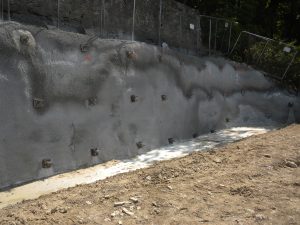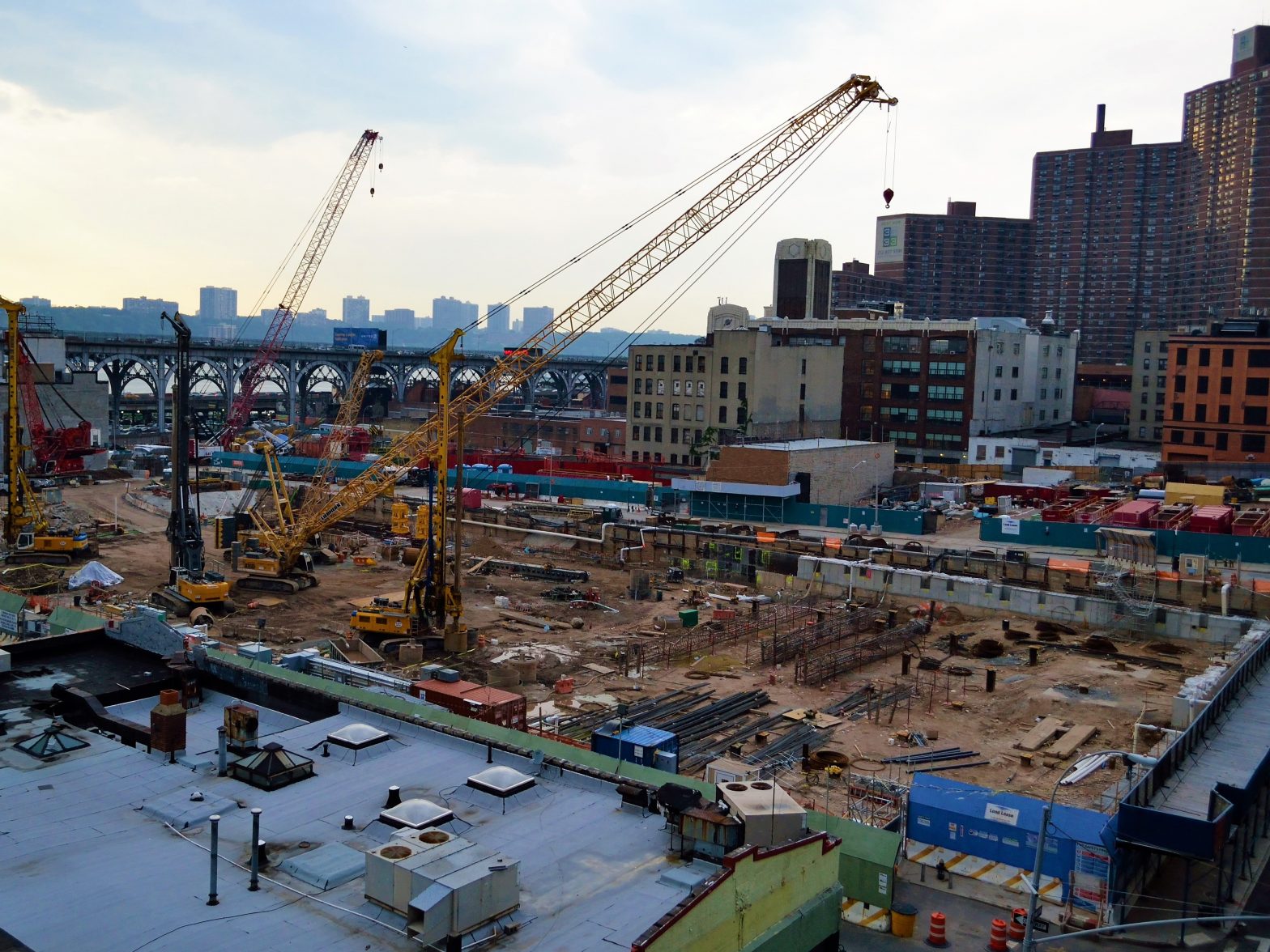 “Geostrucutral engineering” is a term that has become increasingly common in the specialty foundation construction community in the past 10 to 15 years. Like too many terms in architecture, engineering and construction, it does not appear to have a consensus definition and may describe different things in different contexts.
“Geostrucutral engineering” is a term that has become increasingly common in the specialty foundation construction community in the past 10 to 15 years. Like too many terms in architecture, engineering and construction, it does not appear to have a consensus definition and may describe different things in different contexts.
If you search for geostructural engineering on the internet you would likely find marketing of particular collections of engineering services or perhaps an internal practice within a large multi-discipline firm. Some firms use “geostructural engineering” to mean geotechnical design, especially when advanced analytical tools are used. This appears to be a response to the use of “geotechnical engineering” to mean soil sampling and testing for engineering purposes without design services or even input into the design of a project. Other firms market services to construction contractors, including design and instrumentation and monitoring as “geostructural”.
Neither usage provides a clear meaning to the moniker, which leaves a lot of ambiguity as to what comprises the practice of geostructural engineering, how it is different from its parent geotechnical and structural disciplines, or other specialties therein, and the qualifications and body of knowledge required for geostructural engineers.
A more useful definition of geostructural engineering can be had by asking what is a geostructure? Geostructures can be thought of as a collection of structural elements that intentionally mobilize the strength and stiffness of soil to resist loads. As such, geostructures are soil-structure interaction problems. This definition provides clear differentiation with conventional structures, including structures subjected to soil loads that do not utilize the soil’s strength. In addition, since geostructures contain structural components, they are different from earthworks, which rely on soil strength alone for stability.
The most trivial example of a geostructure is a spread footing. In practice, the response to load of the ground below the footing is typically reduced to a single parameter, the bearing capacity. This is a purely structural conceptualization of a footing. In reality, the soil compresses and mobilizes its shear strength while the footing bends and shears. The deformation of the footing and soil results in a distribution of load that varies according to their respective geometries and properties. The behavior is more complex than is suggested by a single constant.
Similarly, earth-retaining structures are geostructures that can be approached as a purely structural system or as a more complex soil-structure amalgam. Some earth-retaining structures, like basement walls and walls of rectangular vaults and tunnels, are braced at the top and bottom and may rigidly resist soil pressure as a purely structural element without utilizing the soil strength. But if a retaining structure is allowed to move slightly the shear strength of the soil will be mobilized and the pressure on the wall relieved significantly. If the structure is embedded in the soil, lateral movement will mobilize the strength in front of the wall developing additional resistance and further reducing the demand on the structural elements. Conventional gravity walls and flexible retaining systems often used for temporary excavation support rely on this behavior.
Elements that resist structural loads by transferring them to soil or rock via friction or bond stress are the clearest examples of geostructures. Soil and rock anchors, as well as small-diameter piles, use this mechanism. These elements are sometimes used to support flexible earth-retention, utilizing both the strength of retained soil and anchorage to the soil outside the area disturbed by the retaining structure. Tied-back sheet pile and soldier walls and soil nail walls exploit this approach.
What these systems have in common is that structural elements and soil are simultaneously used to resist load as part of a system. The stiffness of the structural elements influences the behavior of the soil; the behavior of the soil influences the loads in the structural elements. The relatively complex load path presents a relatively high number of potential failure modes. The analysis and design of these systems require the geostructural engineer to be proficient in both soil mechanics and structural design.
It is the importance of structural design, including the thought processes and philosophy of structural design that is often missing from geostructural engineering. Consideration of structural stability, serviceability, redundancy and ductility of failure applies to the performance and safety of geostructures. Given the numerous potential failure modes, the framework of limit state design is useful.
Geostructures often have nontrivial structural connections and details; improper connection design and detailing have contributed to some catastrophic failures, such as these excavation support collapse in Singapore and Washington, DC. Preventing these sorts of failures requires a relatively advanced understanding of structural behavior, including concepts like pre-loading and buckling.
Why is geostructural engineering associated with construction means and methods? Economical temporary structures can make the difference between winning or losing a bid or between making a profit or taking a loss on a project. Taking advantage of soil strength, stiffness and mass to reduce the load in structural elements results in a less expensive structural system. However, the deformation required for the soil and structural elements of geostructures to share load and the long-term strength reductions for certain soil types can limit their use as permanent structures. Geostructures have wider applicability to temporary use, thus creating a nexus with means and methods of construction. A geostructural engineer should therefore understand the construction process and the role of temporary structures. However, most temporary structures, including concrete formwork, structural shoring and scaffolding are generally not geostructures and do not involve geostructural engineering.
The characteristics of the construction types associated with geostructural engineering define the requisite qualifications of a practitioner. A geostructural engineer needs a depth of knowledge in soil mechanics, structural behavior and design practice with a particular emphasis on foundations and earth retention. A geotechnical engineer with an advanced degree who has taken one undergraduate steel design course probably does not have the requisite background. Similarly, a single foundation engineering class will not make a structural engineer a geostructural engineer. And no amount of construction experience however relevant will make up for a lack of engineering analysis and design skills.
Geostructural engineering is an interdisciplinary specialty comprising elements of structural, geotechnical and construction engineering. However, it is not just geotechnical design by another name. Nor is it another name for engineering for or by contractors. The question is not, therefore, what geostructural engineering is, but who is performing it and whether they individually or collectively in a firm can synthesize the necessary body of knowledge to practice the specialty.
The information and statements in this document are for information purposes only and do not comprise the professional advice of the author or create a professional relationship between reader and author.
